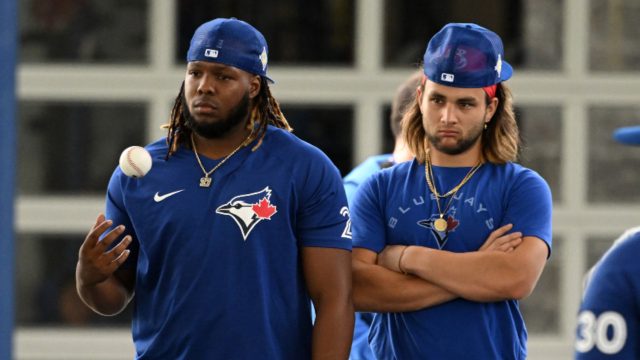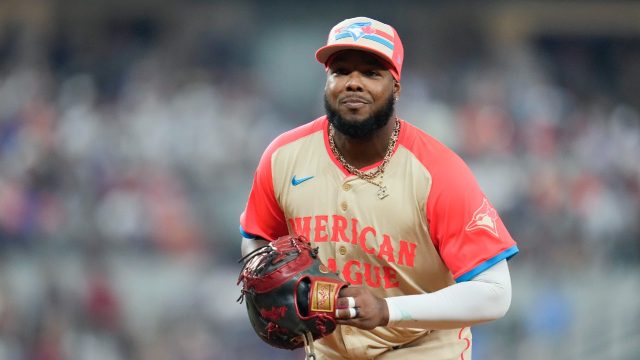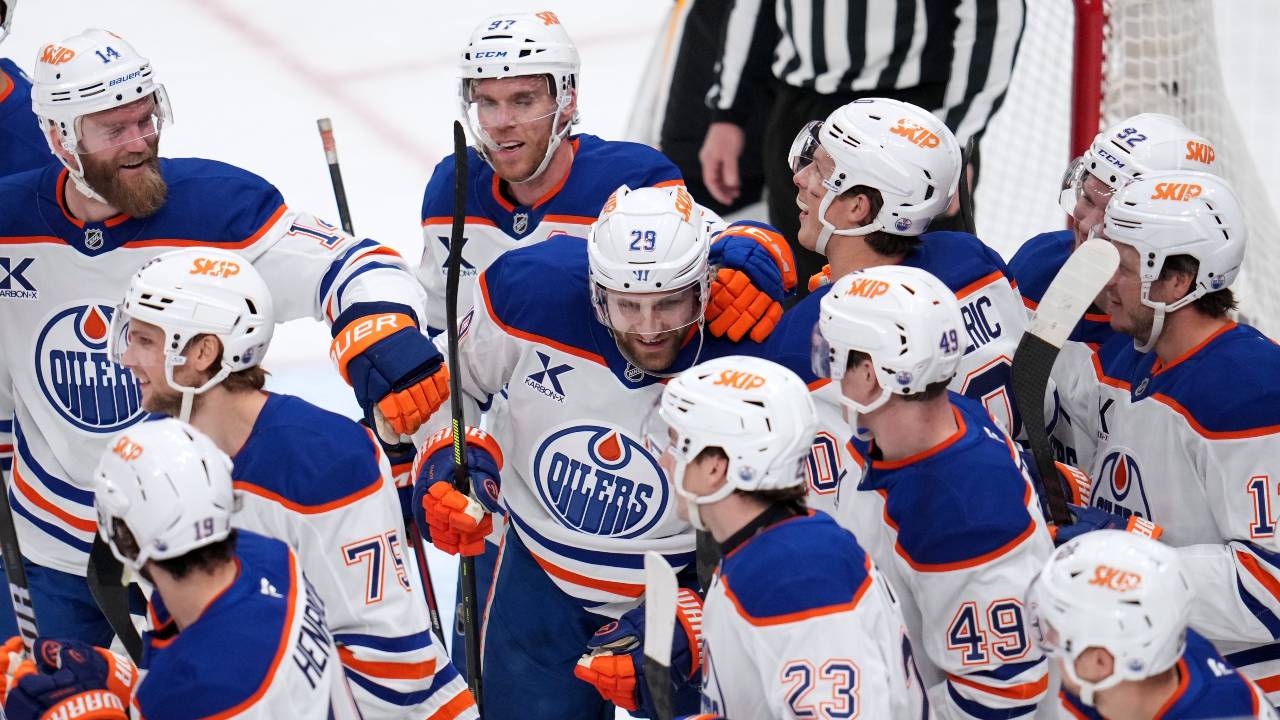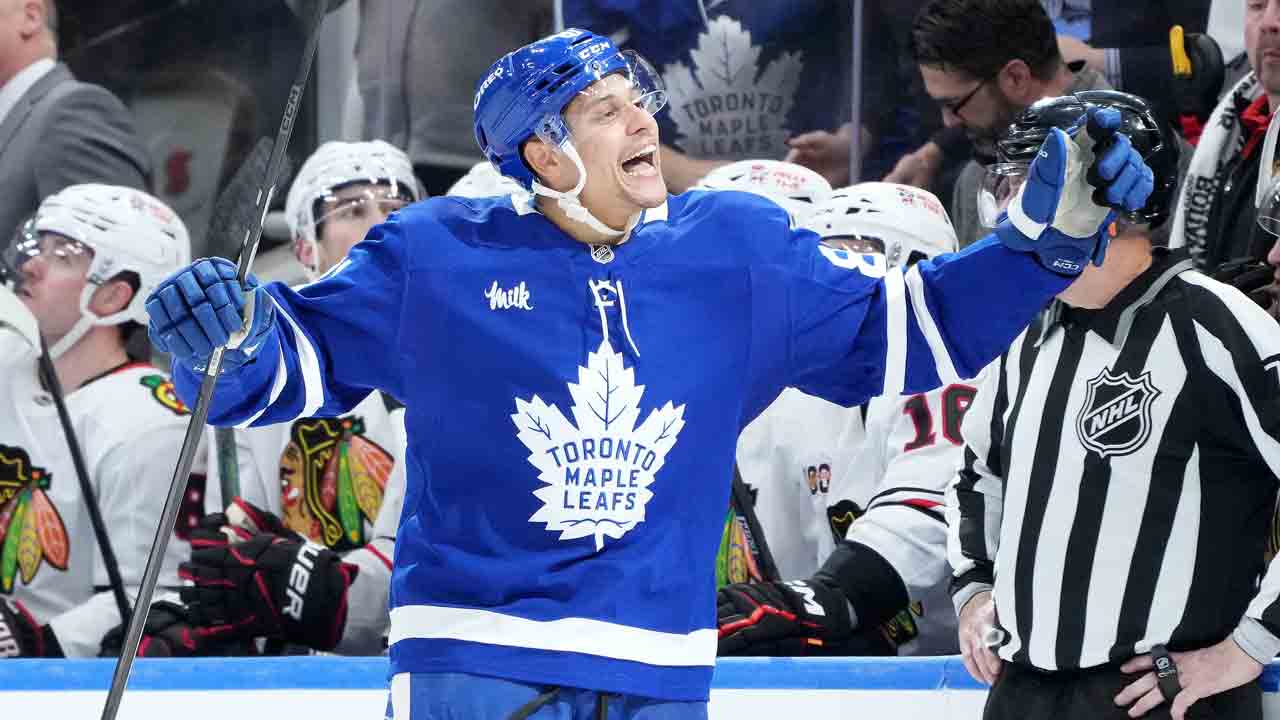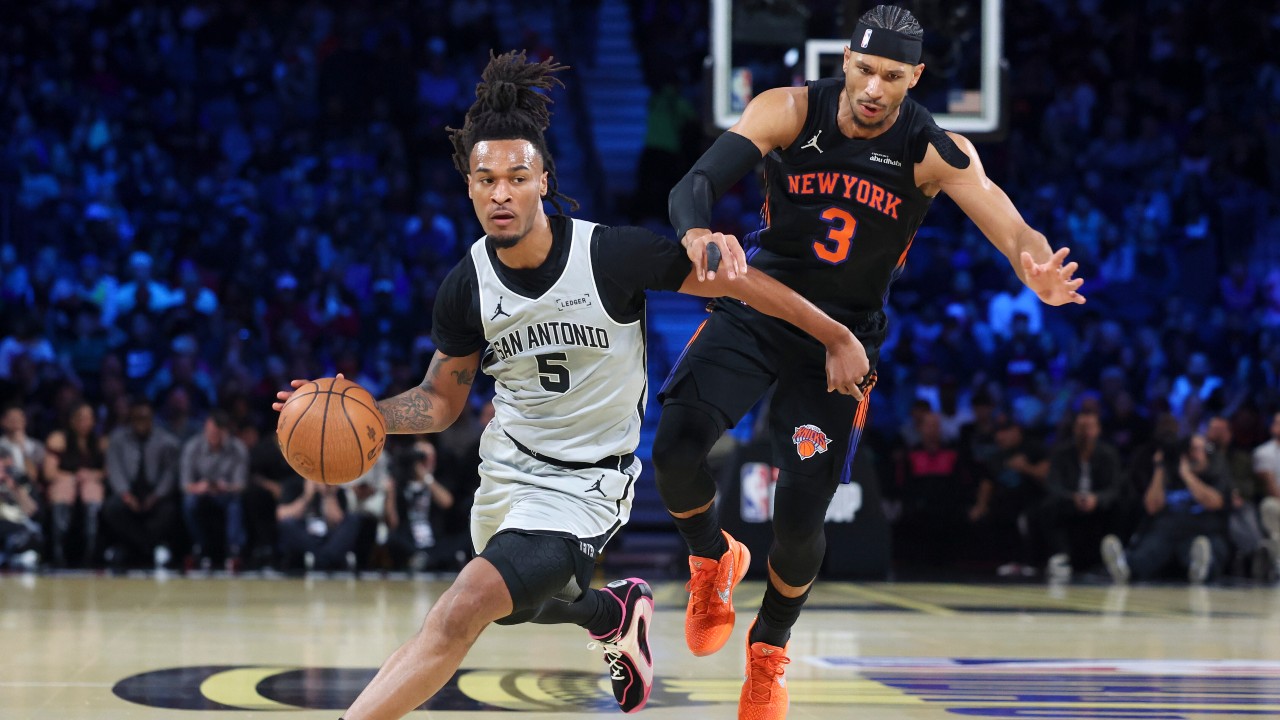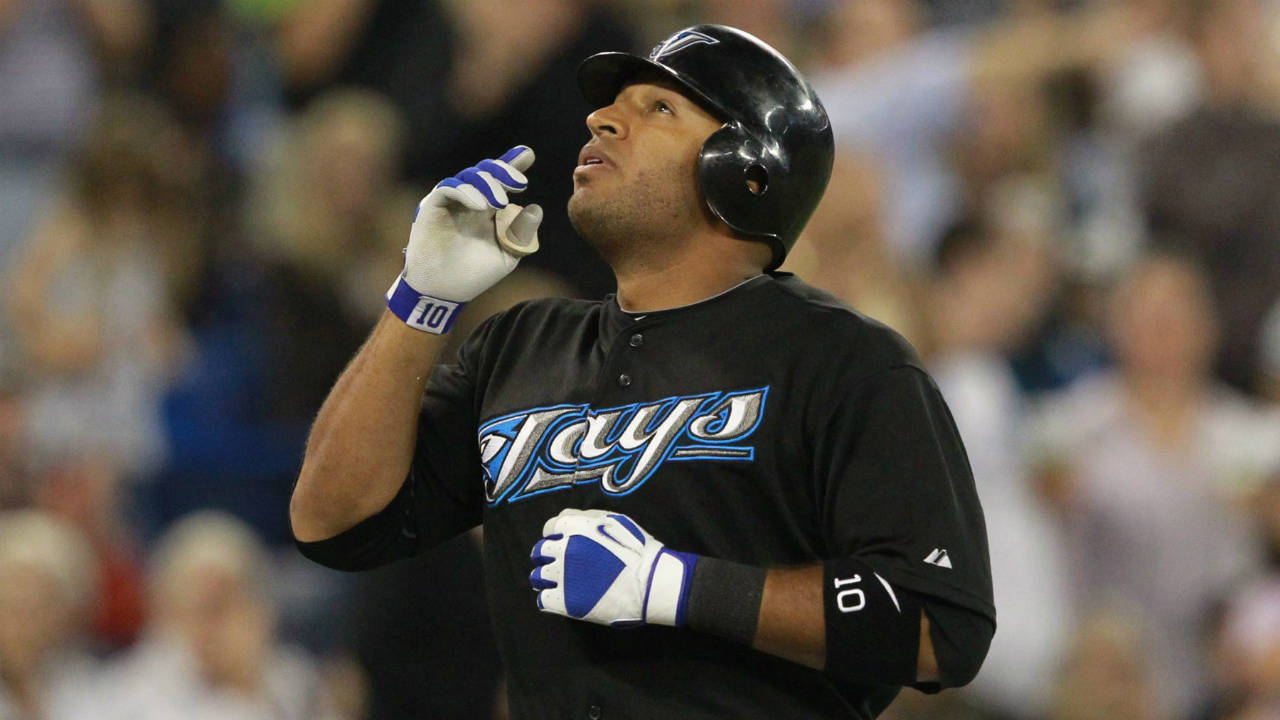
ARLINGTON, Texas — Vernon Wells played through several competitive cycles during the 12 seasons he spent with the Toronto Blue Jays, so the team’s current situation — lost year, core timing out, thin farm system, directional uncertainty — are all very familiar to him.
From a distance, he’s been following and struggles to understand how they’ve fallen to 44-52 at the all-star break. “In my opinion, there’s enough talent in that room to win,” he says, but he’s also been on enough teams similarly talented that didn’t win to know how difficult it can be to piece everything together.
“There’s also the chemistry. There’s also just a feeling of togetherness and I don’t know if it’s in that room or not because I’m not in there,” Wells, who helped coach at the Futures Game during all-star week, continues. “But I do know from past experience, if the focus is on other things or if there’s any distraction whatsoever, just the smallest thing, you take away from the game. And as hard as this game is, you can’t have any distractions.”
The Blue Jays were guaranteed to have their share of those after the debacle of pulling José Berríos early from Game 2 of the playoff series versus the Minnesota Twins last fall; a conservative slate of winter signings after the failed pursuit of Shohei Ohtani; and the looming free agencies of Vladimir Guerrero Jr. and Bo Bichette after the 2025 season.
That those two were among the 17 players on the opening day roster with contracts expiring either this fall or next only added to a sense of impermanence around the roster.
Wells remembers summers like that, where “we got to the break and if we weren’t playing well, there was the fear of losing guys” in deadline deals. “You’d see the potential in that room to be a really good team and you’d hope at some point everything’s able to come together and turn it around,” he says. “That being said, you’re still playing against the best players in the world who are trying to do the same thing. There’s no magic sauce to it. If they’re able to get it going (this summer), there’s enough talent in that clubhouse to put together a good streak. But it not, there could be the potential for a lot of changes, which I don’t necessarily want to see at this point.”
The current indications are that the Blue Jays intend to only subtract from their pool of pending free agents — Yusei Kikuchi, Yimi Garcia, Trevor Richards, Danny Jansen, Justin Turner and Kevin Kiermaier are all up after the season — before the July 30 trade deadline and regroup around the remaining core in 2025.
At that point, the noise will only increase around Guerrero and Bichette, as rival clubs continually assess their potential availability while the Blue Jays decide on a lane to take with the dynamic duo.
Wells was in a similar spot in after the 2006 season, a year away from free agency, when he agreed to a $126-million, seven-year extension that was then — by far — the richest deal in franchise history.
At the time other teams looked at him the way they see Guerrero and Bichette now, and some agents and executives wondered if he might push beyond $150 million if he had made it to the open market.
But Wells, like Guerrero and Bichette, grew up in the organization after being selected fifth overall in the 1997 draft. And though the possibility of returning home to Arlington and signing with the Texas Rangers intrigued him back then, he most wanted to remain with the Blue Jays.
“Looking back on it, there’s a lot of comfort in what you know and what you’ve grown up in,” says Wells, who does some player representation now among his other ventures. “There’s a lot of unknown out there. There are a lot of things that you’re not used to and change can be hard, can be weird. It can be great for some people. But if you’re comfortable in a place and you feel like you’re in an organization that there are good people around you, that all want the same goal, then that’s where you want to be.”
Compounding the challenge for the Blue Jays is that both Guerrero and Bichette are timing out together, making their decisions all the more pivotal. And while to a large degree the decision is about them, it’s also about the club’s plans to augment around them, too.
“That’s what puts an organization in a tough spot: are you ready to allocate those funds to two guys?” says Wells. “And if you are, then you’re saying you’re in this thing for the long haul. But as long as they have the backing to do it, you’ve got to make that commitment as an organization to be all-in at that point. If they’re going to be all-in, then you continue adding to the core group that they have and whatever holes you feel you have you fill in as best as possible.”
Wells’ faith in J.P. Ricciardi, the GM at that time, factored into his thinking in that regard.
While the Blue Jays are now an upper-third payroll team, currently on pace to spend past the Competitive Balance Tax for a second straight season, Ricciardi had to work with a bottom-third to middle-third payroll during his run, so though his results were mixed, his efforts were appreciated.
“We were strapped a little bit more than what this team is now, back then, so he was limited in the number things that he could do,” says Wells. “But with the moves that he made, and the moves that he attempted to make, that was something we noticed. That’s a reassuring fact, that if you see your front office making moves to get better and they’re making an effort in that direction, then it’s on the players to make them look good.
“It’s a hard situation to be in for a front-office person or a manager,” Wells continues. “You can’t control what takes place once you put them together. The manager has the ability to rally guys. The relationships, just in my time playing with the Blue Jays to the Angels, to the Yankees, a manager’s ability to relate to each and every individual in that clubhouse is hugely important. If you have each and every one of their best interests at heart, and you know what makes each and every one of them tick, then I think you have an opportunity to bring a collective group of people together to do something special.”
For a variety of reasons, beginning with an American League East that was especially top heavy with the way the New York Yankees and Boston Red Sox were spending in those days, all the factors needed for success didn’t line up during Wells’ days with the Blue Jays.
But special players are hard to get and, wisely, the Blue Jays tried on multiple occasions to build around him, just as they should continue to do around Guerrero and Bichette, too.



